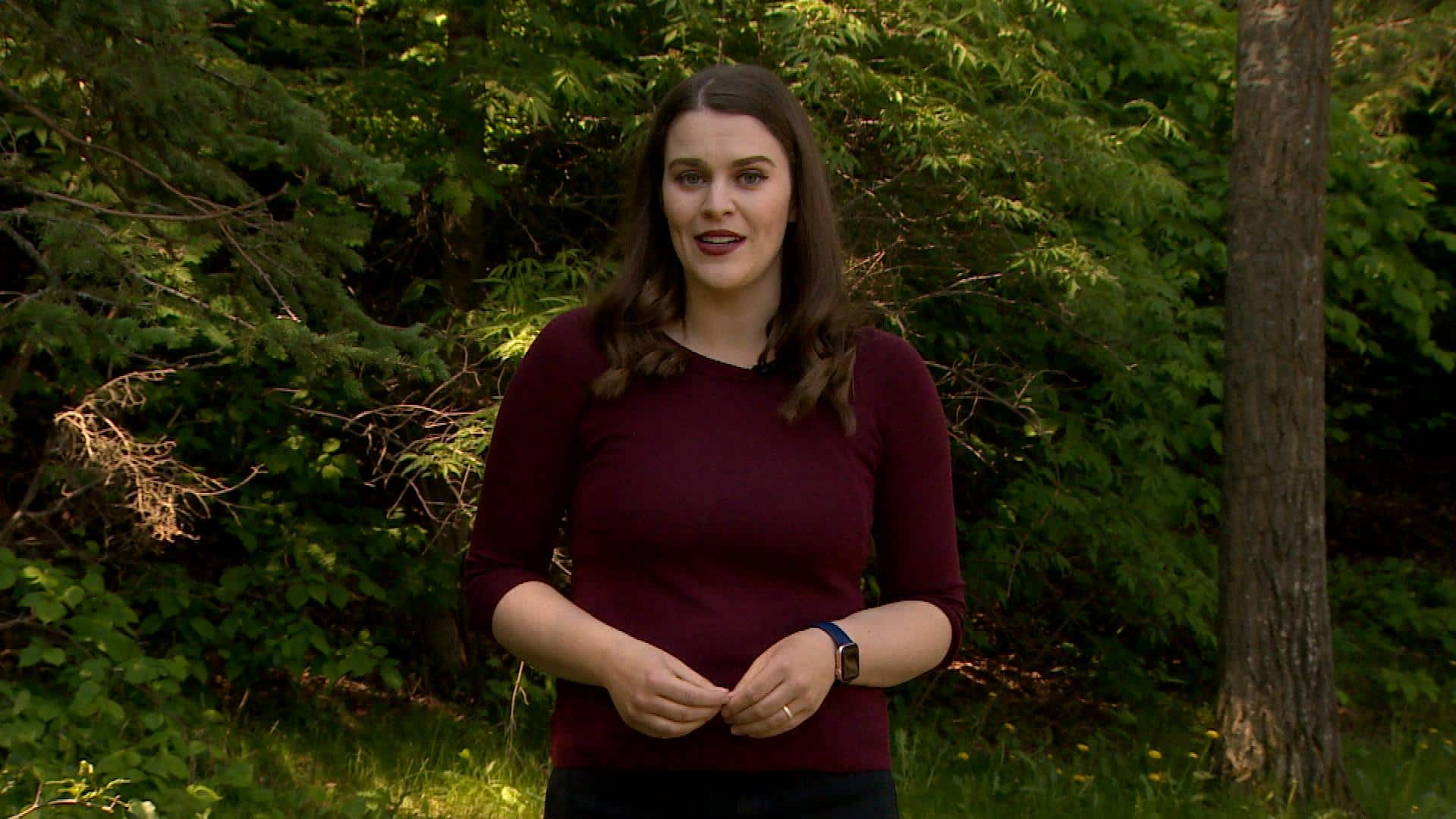Ready for some winter weather whiplash?
After a relatively balmy spell, with temperatures well above seasonal averages, bitter cold is set to make a comeback in communities across the Prairies.
A blast of dense icy air responsible for making the Siberian tundra the coldest it has been in decades is bound for Canada and the West is straight in its path.
Environment Canada expects the bitter system will churn into the Prairie provinces on Thursday bringing a mess of wintry weather — followed by a sudden drop in temperatures.
The mild weather will come to an end with a smattering of snow, icy rain and poor driving conditions, said Kyle Fougère, a meteorologist with Environment Canada.
“This low-pressure system, it’s definitely going to spread some snow and some strong winds across the Prairies,” Fougère said Monday.
“And then, in behind that, is where we’re really going to get these cold temperatures.”
‘Really cold air’
Environment Canada expects temperatures will begin to plunge on Friday with the deep freeze taking hold over the weekend.
It won’t be as harsh as the cold snap in late December but this month’s brief reprieve will be over. And it will likely come as a bigger shock to the system for eastern Canadians who have had one of the mildest winters on record.
In British Columbia, Environment Canada forecasts a high of 2 C for Prince George on Friday before temperatures slide to an overnight low of –21. Fort St. John will chill to a high of –21 on Saturday, dropping to –26 overnight.
In the Yukon, Whitehorse will see a high Friday of –6, skidding down to –27 overnight.
By Saturday, Edmonton is expected to hit –19 C with a nighttime low of –24. The forecast is much the same for Winnipeg. Saskatoon will hit –21 over the weekend with nighttime temperatures around –26.
“We’re going from these temperatures that were well above normal and we’re going to have this really cold air slide down and sit across the Prairie provinces,” Fougère said.
“As that system slides to the east, it’s going to drag down some really Arctic air in behind it. ”
The icy air will come from the polar vortex, a stubborn low-pressure system that hovers around the North Pole, swirling counterclockwise in the stratosphere.
Normally these systems are held in place but sometimes the vortex will weaken then expand, shifting cold air away from the Pole and sending it southward.
The swirling cold air that breaks off from the vortex will ride the jet stream, bringing a rush of bone-chilling temperatures to wherever it lands.
The Siberian high
The system bound for Canada generated a bone-chilling, record-shattering cold in Russia.
On Jan. 14, a weather station in Tongulakh, Siberia, recorded a temperature of –62.4 C. It was the coldest temperature the country has experienced in 21 years. It was also the coldest temperature recorded on Earth so far this year.
“This ridge of high pressure that was over Siberia, sometimes it’s called the Siberian high,” Fougère said.
“You have this really this clear air that allows the Earth to just radiate and lose all of its heat out to the atmosphere. And so when it sits for there for a long time, you can get really cold temperatures under this clear, cold ridge of high pressure.”
Fougère said the system should weaken somewhat before it arrives on the Prairies but it will be stubborn.
Once these systems, full of Arctic air, break off from the polar vortex and migrate south, they tend to get stuck in place.
And that will be the case for this cold snap too.
Expect the icy temperatures to linger at least through the first week of February, Fougère said.
Another “big system” will need to through to push out the cold, he said.
“Unfortunately, when you do get that cold air it can be really hard to displace so it’s looking like it’s going to sit across the Prairies and linger for quite a while.”
Watch: In Western Canada, the Pacific cooling pattern often means snow., and lots of it:
Meteorologist Christy Climenhaga explains how a third winter of La Nina conditions could affect our Western Canadian weather.






More Stories
Fair share: the right office solution can take finding the right partner
Ontario faces crew shortages, aircraft issues in fight against wildfires | Globalnews.ca
Refugee attends open house at Downtown Eastside affordable housing facility – BC | Globalnews.ca